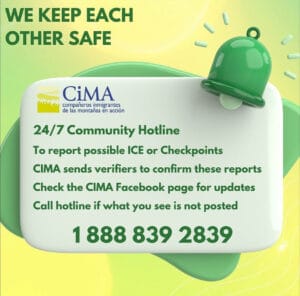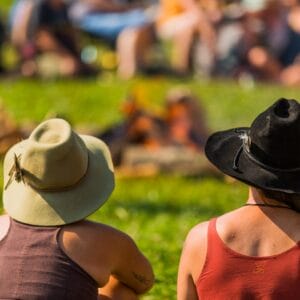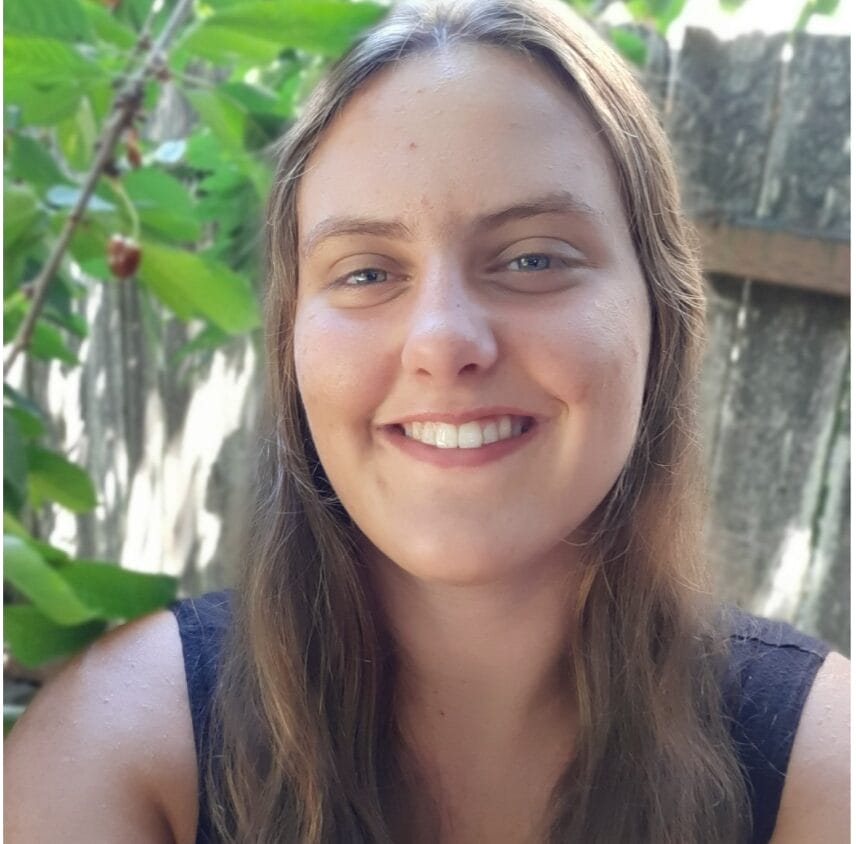Mutual Aid has become quite a buzzword in today’s counter-cultures and social movements. What most people don’t know is that the term Mutual Aid was coined in 1902 by Russian anarchist philosopher, Peter Kropotkin in his book, “Mutual Aid: A Factor of Evolution,” as a challenge to Darwinism’s “survival of the fittest” model of understanding reality. Observing the vast web of interdependence found in nature, Kropotkin argued that cooperation and solidarity were more advantageous for survival than competition.
So what is Mutual Aid in a practical sense? Used by many people and groups throughout time, Mutual Aid is a collaborative model based on the idea that people are their own best solutions and don’t need to wait for help to arrive.
This often looks like people supporting each other by exchanging goods and services to address social, economic, and political challenges.

Mutual Aid is a model that has been used by many movements, including: labor movements in the 19th and 20th centuries; Black communities, an excellent example being the Black Panthers, who expanded the free lunch programs in public schools among their many social programs offered; Latine communities in meeting their needs as often exploited undocumented peoples; Indigenous communities who have persisted through hundreds of years of colonization; women, who have always taken care of one another; and poor people everywhere who have subsisted on the goodness and generosity of the community. Mutual Aid can be summed up in the popular song by the Beatles, “With a Little Help From My Friends.”
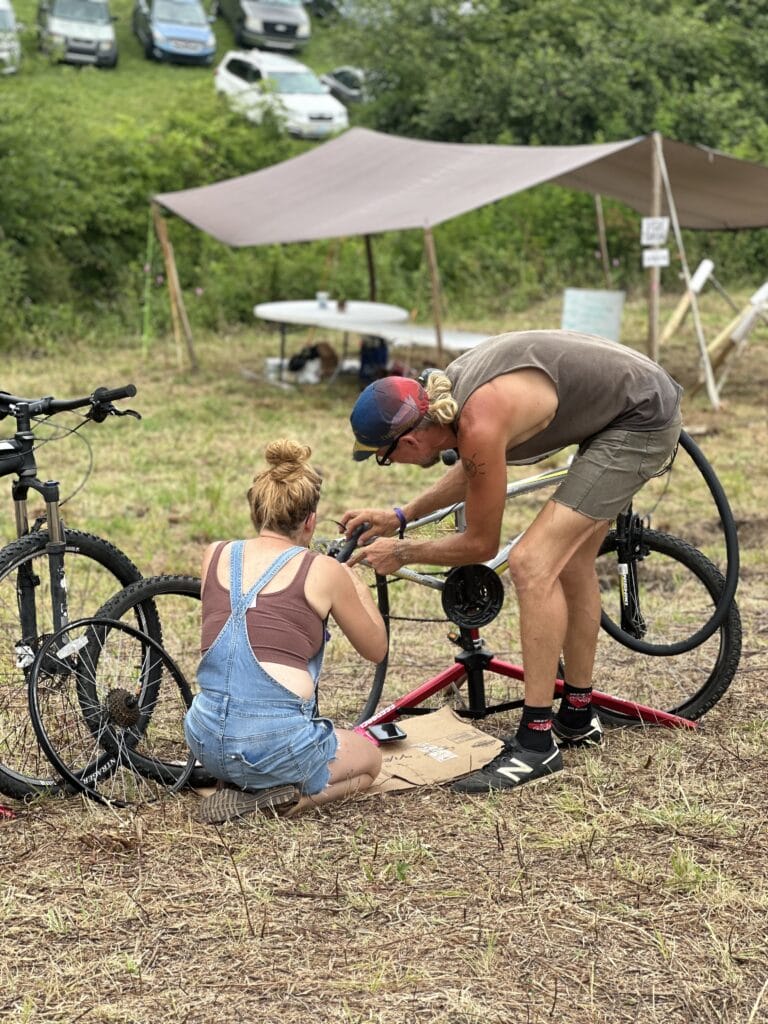
Unlike charity, Mutual Aid is unconditional and often seeks to flatten hierarchies, make decisions collectively, and share power and resources equally.
It can help communities unite against common struggles regardless of differences, and it encourages people to learn new skills and change how they think about what is politically possible.
We really saw this during Hurricane Helene. Folks mostly unaffected by flooding sprang into action and began helping those who were hit hard, regardless of political affiliations, religious beliefs or any of the myriad of things used to divide us today. Instead, folks asked, are you ok? What do you need? And what do you have to offer? This is the heart of Mutual Aid: take what you need, give what you can.
We also learned that resiliency training, nature connection, and earthskills make folks way more helpful and prepared in times of disaster. In all areas of WNC, folks who practice these things were able to set up community hubs and distribution centers, water services, composting toilets, firewood and propane, medicine, food and more. Long before FEMA and other emergency support groups arrived, Mutual Aid hubs and distribution centers were springing up everywhere to share resources and help people survive in the wake of the disaster.
We know that we live in uncertain times with political, environmental and social unrest at all levels. We also believe that the answers to these problems will not come from the top down; but rise up from the bottom through grassroots community based organizations like Firefly, ROAR (Rural Organizing and Resilience), Seek Healing, and so many others.

So get involved with a local Mutual Aid group in your area, or start one if it doesn’t already exist. And when you’re at the Annual Firefly Gathering (July 8-13, 2025 on the beautiful Toe River in Green Mountain, NC), stop by the Mutual Aid tent and get some free food and clothes, check out the informative zines, buy some amazing merch, take some earthskills workshops and social organizing classes, and get inspired!
We are our own greatest resource.
